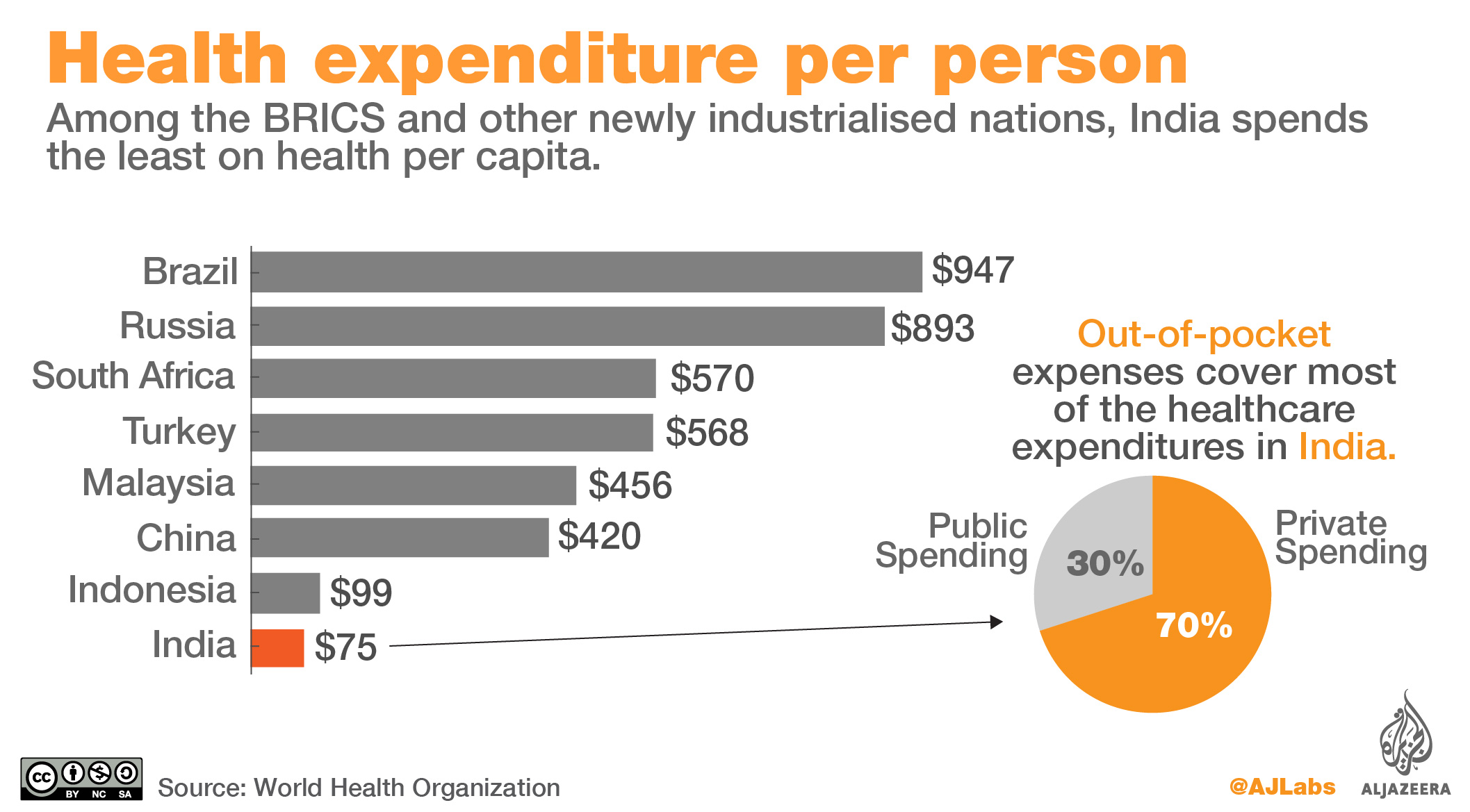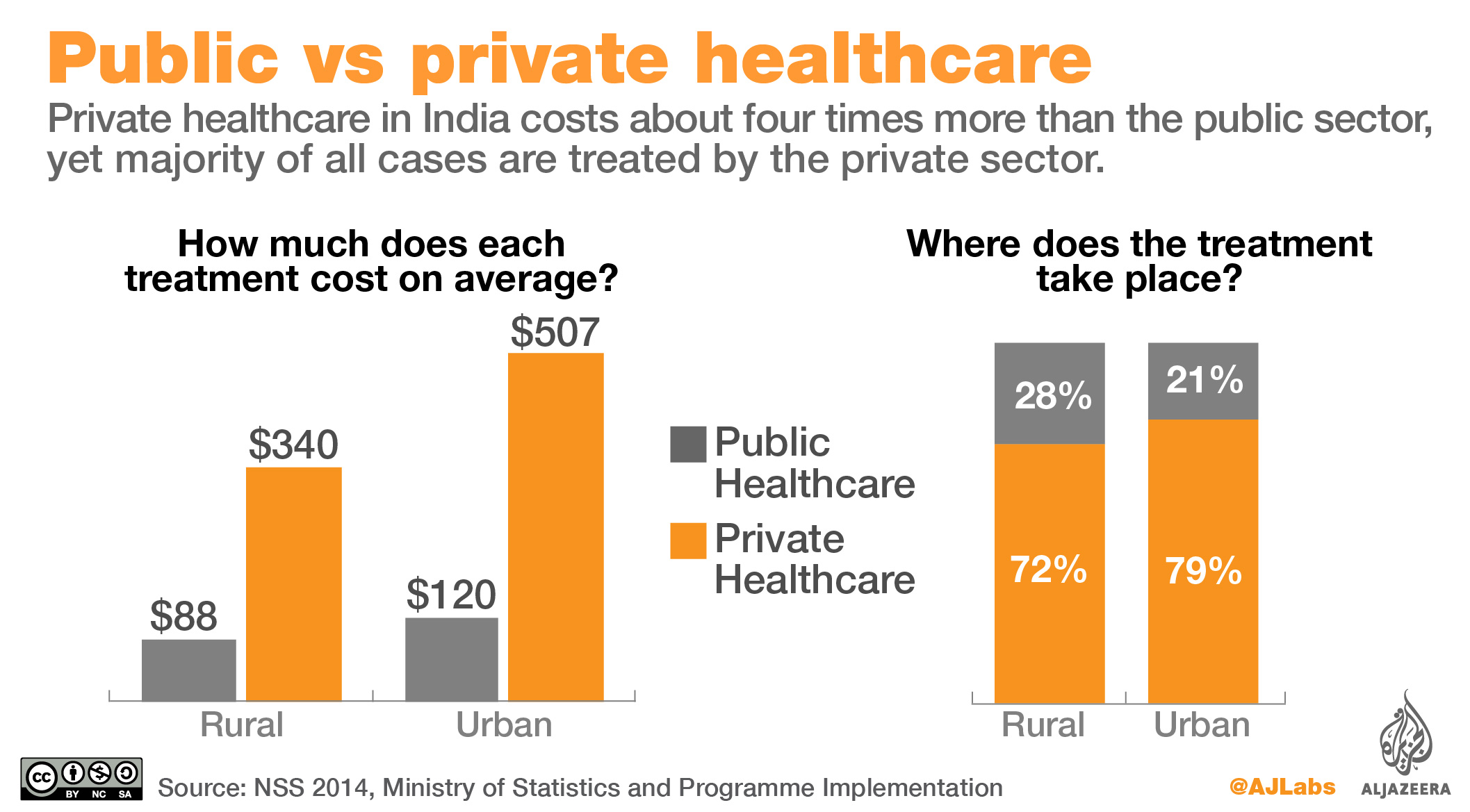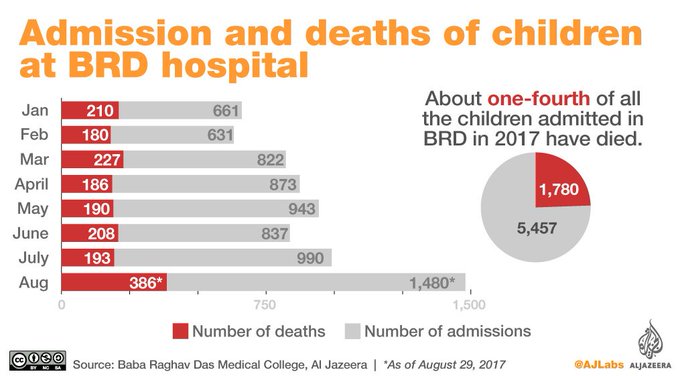Shakeeb Asrar
In August, at least 386 children were reported to have died at a public hospital in the north Indian city of Gorakhpur in Uttar Pradesh. This sudden rise in fatalities at the Baba Raghav Das (BRD) Hospital placed India's healthcare system under scrutiny. Authorities attributed the increase to a seasonal encephalitis outbreak, but others have placed the blame on corruption within India's public healthcare system. According to the United Nations, in India, about 48 out of every 1,000 newborns die before reaching the age of five. It is one of the highest under-five child mortality rates in South Asia (behind Afghanistan at 91 and Pakistan at 81). In terms of numbers, India has the largest share of global under-five deaths at 1.3 million annually.
About five percent of the Indian government's annual expenditure goes towards healthcare. According to the World Health Organization (WHO), most of the healthcare expenditure in India - which averages $75 per capita - comes from the private spending of households.

The standards of India's public healthcare system contrast starkly with its private counterpart, which generates billions of dollars annually from medical tourism.
For local Indians, the cost of private healthcare is about four times greater than the country's public healthcare. About 72 percent of residents of rural areas and 79 percent of residents of urban areas use private healthcare services.

Source: Al Jazeera News

No comments:
Post a Comment